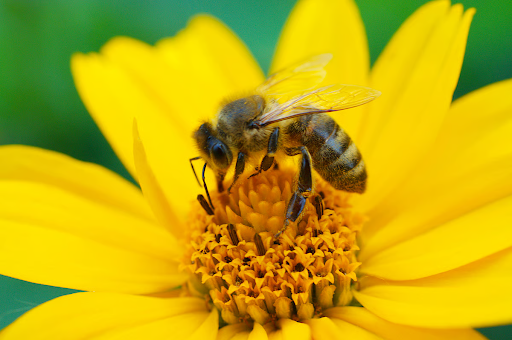





Disclaimer: Copyright infringement not intended.
Context
'International Treaty on Plant Genetic Resources for Food and Agriculture' (ITPGRFA)
About
Aim and Objective
Signing
Participating countries
Importance
|
Convention on Biological Diversity (CBD) The Convention on Biological Diversity (CBD), known informally as the Biodiversity Convention, is a multilateral treaty. The Convention has three main goals: the conservation of biological diversity (or biodiversity); the sustainable use of its components; and the fair and equitable sharing of benefits arising from genetic resources. Its objective is to develop national strategies for the conservation and sustainable use of biological diversity, and it is often seen as the key document regarding sustainable development.
The Convention was opened for signature at the Earth Summit in Rio de Janeiro on 5 June 1992 and entered into force on 29 December 1993. The United States is the only UN member state which has not ratified the Convention. It has two supplementary agreements, the Cartagena Protocol and Nagoya Protocol.
The Cartagena Protocol on Biosafety to the Convention on Biological Diversity is an international treaty governing the movements of living modified organisms (LMOs) resulting from modern biotechnology from one country to another. It was adopted on 29 January 2000 as a supplementary agreement to the CBD and entered into force on 11 September 2003.
The Nagoya Protocol on Access to Genetic Resources and the Fair and Equitable Sharing of Benefits Arising from their Utilization (ABS) to the Convention on Biological Diversity is another supplementary agreement to the CBD. It provides a transparent legal framework for the effective implementation of one of the three objectives of the CBD: the fair and equitable sharing of benefits arising out of the utilization of genetic resources. The Nagoya Protocol was adopted on 29 October 2010 in Nagoya, Japan, and entered into force on 12 October 2014.
2010 was also the International Year of Biodiversity, and the Secretariat of the CBD was its focal point. Following a recommendation of CBD signatories at Nagoya, the UN declared 2011 to 2020 as the United Nations Decade on Biodiversity in December 2010. |




© 2025 iasgyan. All right reserved